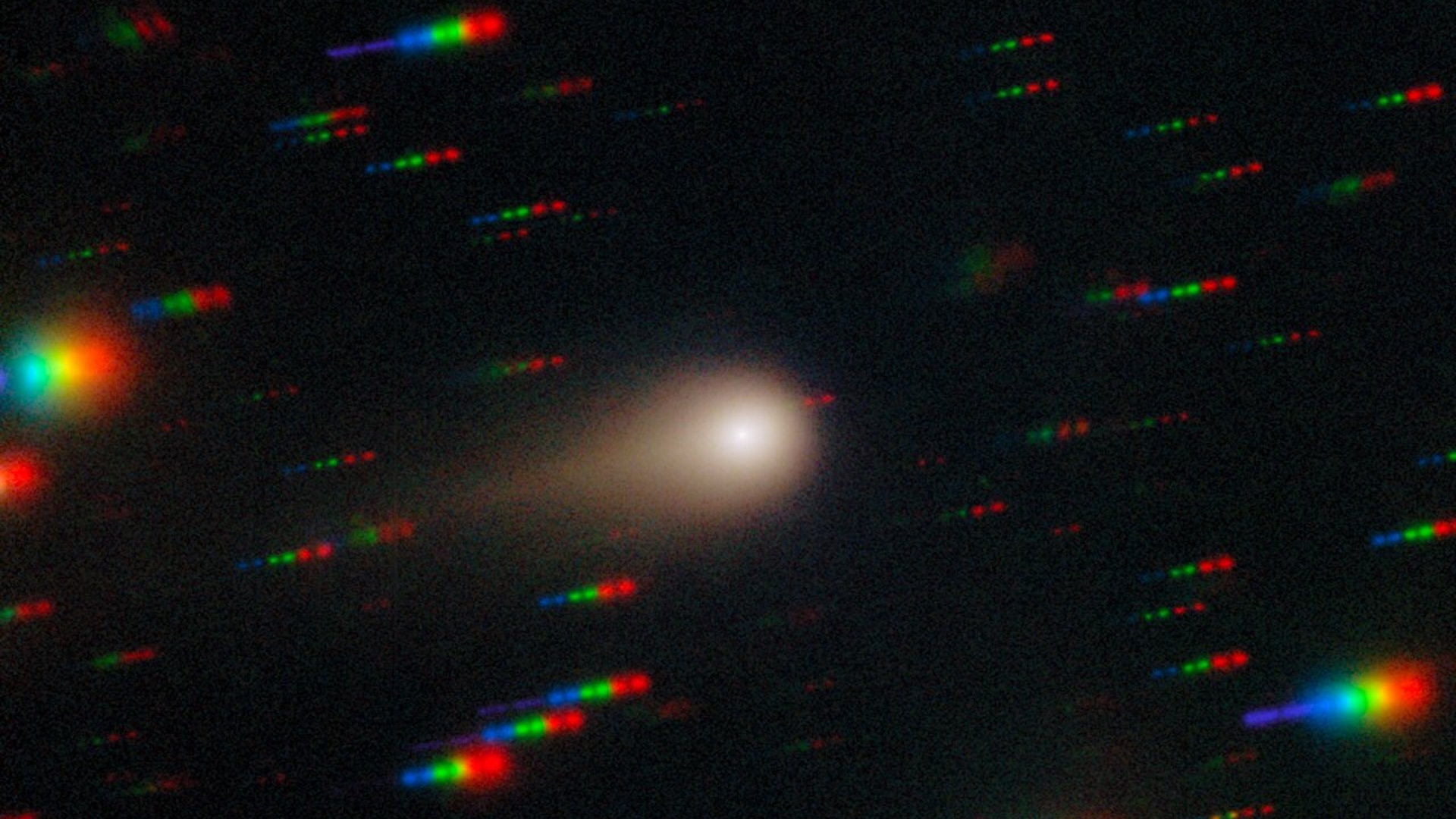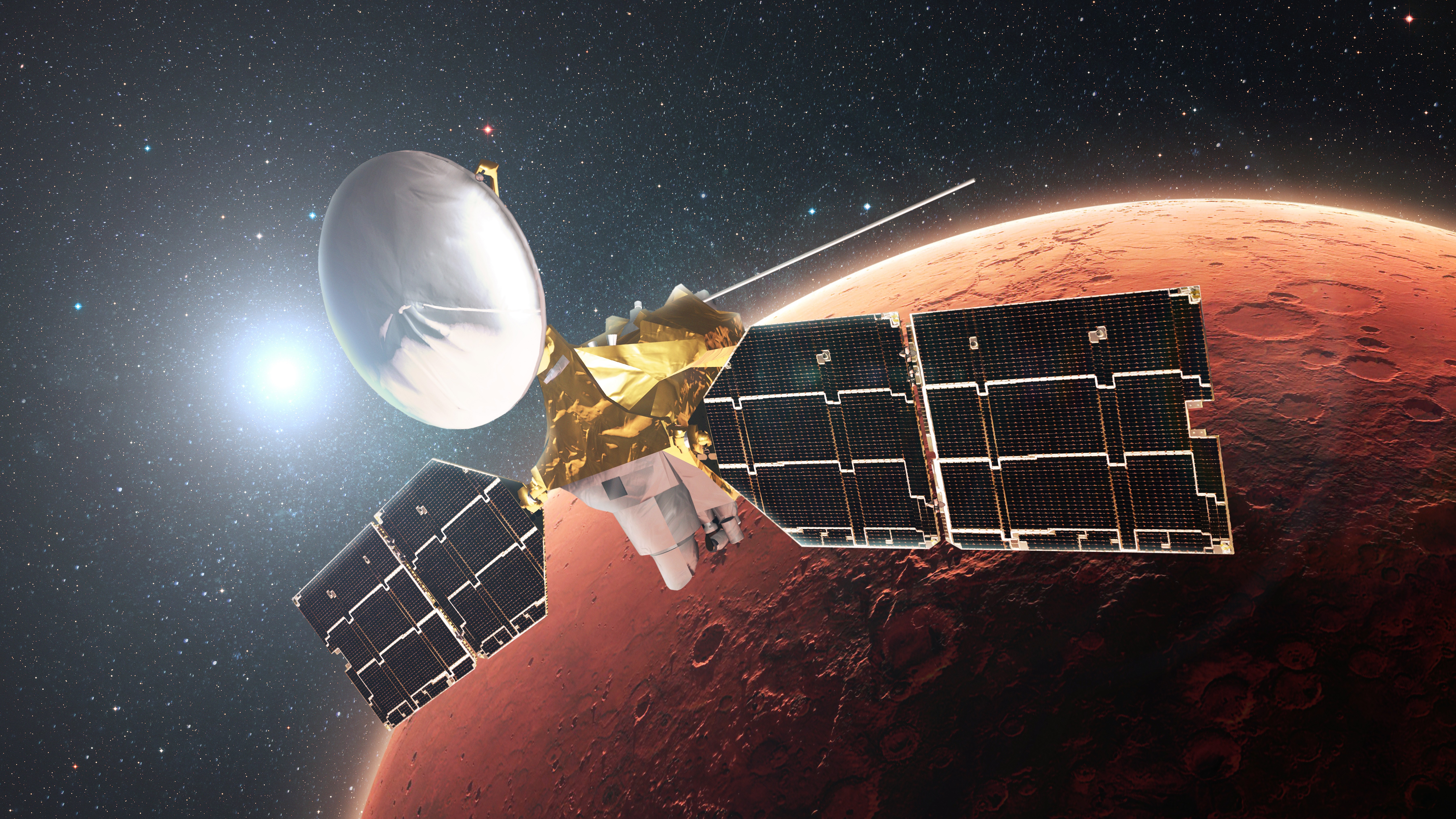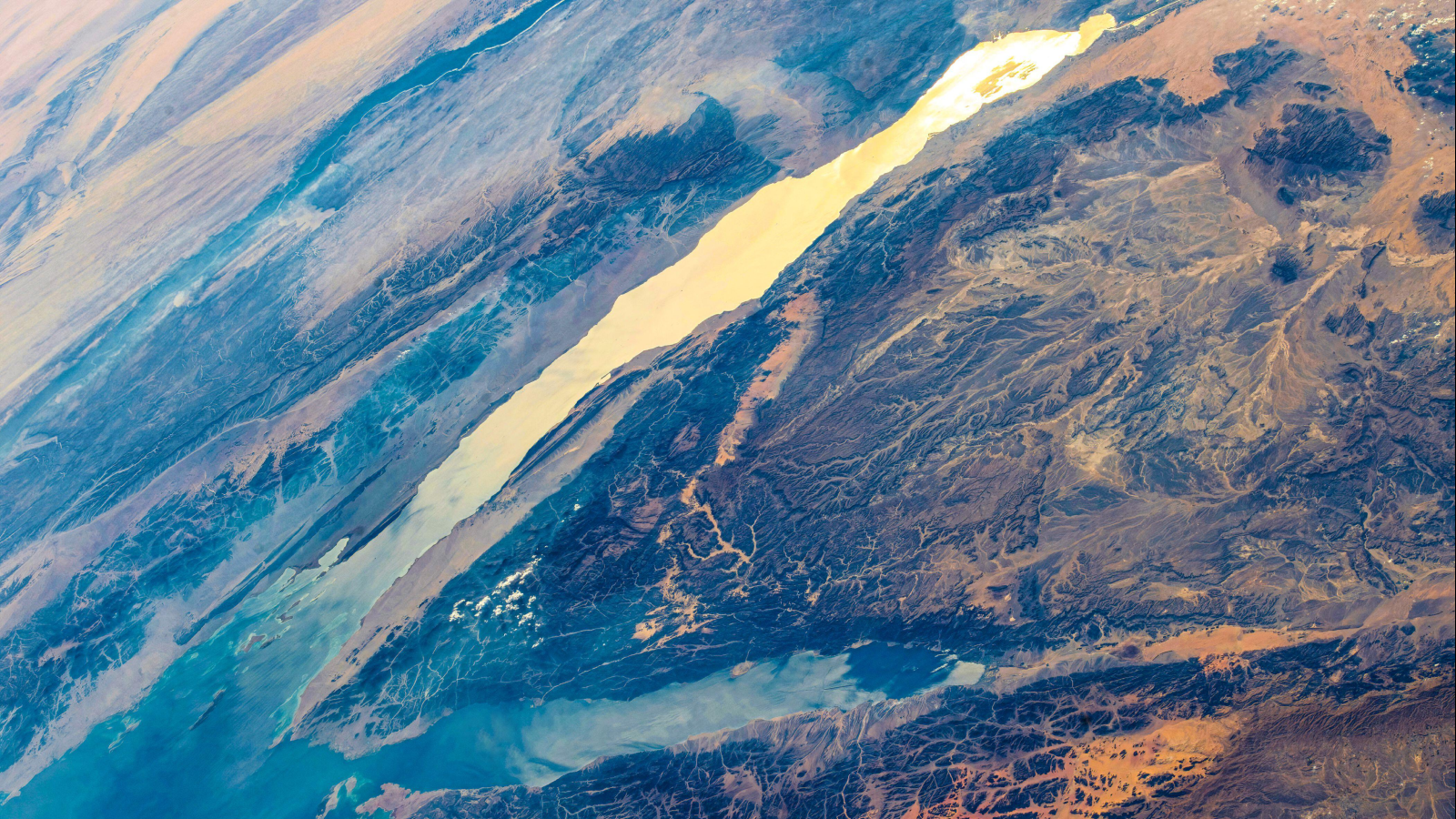Latest science news: Comet 3I/ATLAS new images | China’s astronauts stranded | AI dead end?
Monday, Nov. 17, 2025: Your daily feed of the biggest discoveries and breakthroughs making headlines.

Ben and Patrick at the helm today. Here's the biggest science news you need to know:
- As the U.S. government shutdown ends, NASA is set to release some of the best-quality images yet of comet 3I/ATLAS, taken by its Mars Reconnaissance Orbiter.
- China’s Shenzhou-21 crew are now stuck aboard the Tiangong Space Station following the return of the Shenzhou-20 crew in their return capsule. An uncrewed replacement craft is being readied.
- Yann LeCun, a ‘Godfather of AI’ and Meta’s former Chief Artificial Intelligence Scientist has declared Large Language Models to be a dead end for AI. Here’s why.
Latest science news
Live Science roundup
Here's a roundup of some of the stories Live Science published today and over the weekend:
- First Vera Rubin Observatory image reveals hidden structure as long as the Milky Way trailing behind a nearby galaxy — Space photo of the week
- The more that people use AI, the more likely they are to overestimate their own abilities
- A gulf separating Africa and Asia is still pulling apart — 5 million years after scientists thought it had stopped
- Medieval Hungarian duke was murdered in a brutal and coordinated attack, forensic analysis reveals

What is HiRISE?

The as-of-yet unreleased comet 3I/ATLAS images were taken by the High Resolution Imaging Science Experiment (HiRISE) aboard NASA's Mars Reconnaissance Orbiter. The orbiter has been flying around Mars since 2006, searching for signs of water on the Red Planet. The HiRISE camera managed to get images of comet 3I/ATLAS as it zoomed past Mars in early October.
The images are expected to be the highest-resolution images of comet 3I/ATLAS yet, and even clearer than the Hubble Space Telescope's comet snaps taken in July, the New York Post has reported.
When will NASA release images?
We don't know when NASA will release new images of comet 3I/ATLAS, but we're seeing reports that it could be early this week.
The U.S. government shutdown delayed the release of the images, but that's now over, so they should be on their way. These images are expected to be some of the best yet, and will help researchers further understand the comets makeup and origins.
Here's a selection of some of our 3I/ATLAS stories so far
- 'Interstellar visitor' 3I/ATLAS could be the oldest comet ever seen — and could grow a spectacular tail later this year
- Is it aliens? Here's why that's the least important question about 3I/ATLAS.
- Comet 3I/ATLAS has been transformed by billions of years of space radiation, James Webb Space Telescope observations reveal
- NASA spacecraft reveal interstellar comet 3I/ATLAS brightened rapidly as it swooped behind the sun
- NASA's Hubble telescope reveals most detailed photos of interstellar visitor 3I/ATLAS to date

Everything you need to know about 3I/ATLAS

So what is 3I/ATLAS? And why do people care?
3I/ATLAS, which was first discovered in early July, is the third interstellar object ever found in our solar system. That means it doesn't come from our cosmic neighbourhood, but from somewhere else in our Milky Way galaxy.
Where exactly in our galaxy the comet came from is unclear — scientists aren't sure whether it came from the Milky Way's 'thin' disk or its 'thick' disk — but depending on its origins it could be more than 7 billion years old, making it more than 3 billion years older than our sun. Tracing 3I/ATLAS’s origins is made even more challenging by its material, which has been transformed by billions of years of exposure to cosmic rays.
Telescope observations suggest the comet is roughly 7-mile-wide (11 kilometers) and zooming at more than 130,000 mph (210,000 km/h). Having passed perihelion, or the closest point to our sun, roughly two weeks ago, 3I/ATLAS is now zipping toward its closest point to Earth on Dec. 19.
The exotic comet has many peculiar properties, from its chemical composition to its large size. This, alongside radio signals coming from it that are typical of all comets, has fuelled a frenzy of speculation that the 3I/ATLAS is an alien probe.
That's almost certainly not the case, but it doesn't mean that astronomers aren't excited to study it. Investigating the comet could yield fresh insights into the conditions around other stars, our early galaxy, and the vast frontier of interstellar space.
NASA set to share best images of comet 3I/ATLAS yet
Good morning, science fans. We’re back with more updates on the comet 3I/ATLAS. Following the end of the U.S. government shutdown, we’re seeing reports that NASA is set to release some of the best-quality images yet of the comet.
The images were taken by the HiRISE camera aboard NASA’s Mars Reconnaissance Orbiter, and could have significantly better resolution than those by the Hubble Space Telescope on July 21, 2025.
We’re getting to work on what all of this could mean for the rapidly-brightened comet, which is roughly 7-miles (11 kilometers) wide, more than 7 billion years old, and traveling at 130,000 mph (210,000 km/h) as it sheds its highly-irradiated coma across our solar system.
In the meantime, check out this breathtaking shot of the 3I/ATLAS snapped by astrophotographer Satoru Murata over the weekend.
That's more like it! Marvelous new image of interstellar Comet 3I/ATLAS, taken by photographer Satoru Murata before dawn this morning, captures intricate structure in its tail(s). On the right you can also see galaxy NGC 4691. https://t.co/7rP3S4ysa5 pic.twitter.com/KrjhOSCgLcNovember 16, 2025

